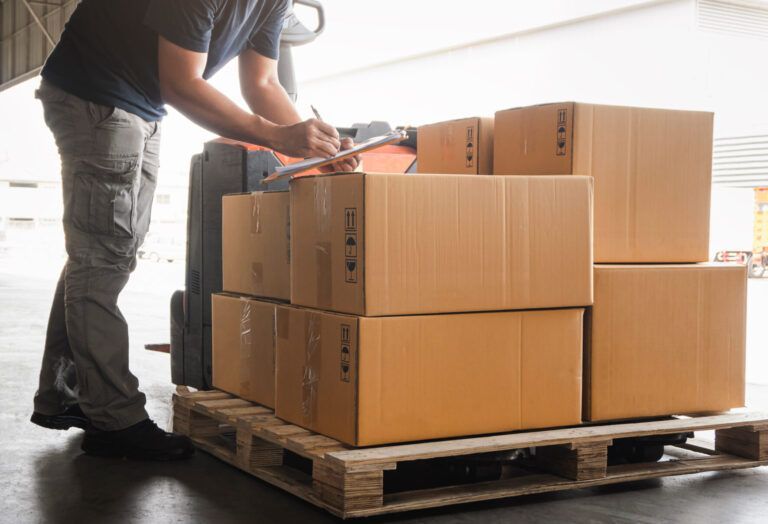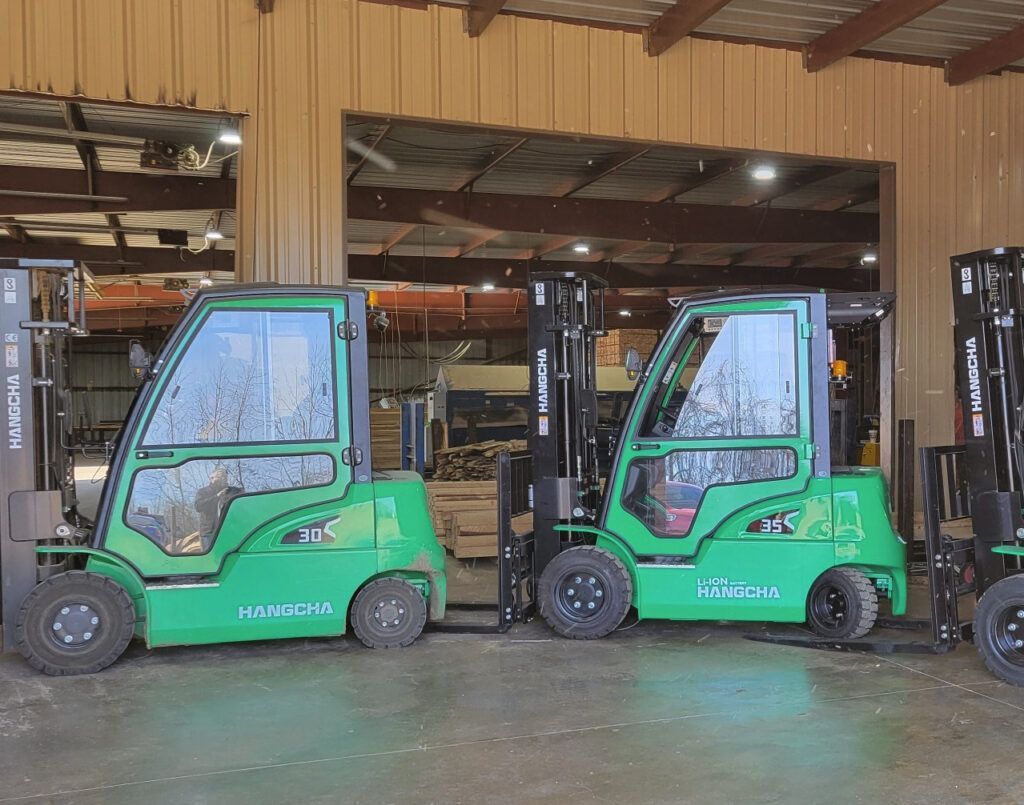Why Do You Need to Ventilate Your Warehouse?
Need to Ventilate Your Warehouse?
Need to Ventilate Your Warehouse?. In addition to employee safety, proper storage, and loss prevention, you have a number of other concerns when you’re operating a warehouse. How can proper ventilation help with those concerns? And why are HVLS (High Volume Low Speed) fans — like the MacroAir HVLS fans from Benco Industrial Equipment — the right tool for the job? We’ve got the answers (and the gear) you need.
Why Ventilate Your Warehouse?
There are some compelling reasons to install proper ventilation in warehouses of any size.
Expense
HVAC systems don’t come cheap. Air conditioning even a small warehouse of only a few thousand square feet can be prohibitively expensive. Using fans to ventilate and cool is much more cost effective.
Efficiency
Heating doesn’t come cheap either. The high ceilings of many warehouses, designed and installed to help minimize heat at ground level, means that you’re often spending the winter months heating the rafters instead of keeping your employees toasty. Macro fans distribute heat better, saving energy and money alike.
Air Quality
Because indoor air quality is often objectively awful, there are OSHA regulations governing ventilation. Allergens are common in any indoor space, but warehouses bring their own challenges. You may have product or packaging that’s degassing, fumes and hazardous gases from machinery, or emissions from forklifts and other heavy equipment. Ventilation improves air quality.
Humidity Control
Damp air can damage product and equipment, while condensation makes for slippery surfaces that lead to accidents and injuries. Because proper ventilation limits humidity and temperature differentials, you’ll find that concrete surfaces sweat less. What’s more, those same differentials in humidity and temperature can lead to product spoilage for items like food and pharmaceuticals.
Worker and Occupant Safety
High heat can lead to heat stroke. Poor air quality leads to respiratory problems. The fatigue brought on by poor conditions leads in turn to distraction, and with it a higher chance of mistakes, accidents, and operator error. To prevent lost productivity, down time, and possible liability, proper ventilation is a must.
Bonus: ROI
Take care of the factors above and you may quickly find that the savings in energy, increased productivity, and lower downtime afforded by MacroAir HVLS fans gives you a rapid return on investment, paying for your system faster than you thought possible.
How To Ventilate Your Warehouse
Now that you know why your warehouse needs ventilation, let’s look at how you get it done. Here’s a hint: you don’t want to use an oscillating fan, or even an industrial-sized floor fan. They won’t solve the problem.
Rather than a deep dive into the physics, let’s visualize what happens to the air in your warehouse. We know that hot air rises, but the hot air isn’t just a discrete blanket floating up by the ceiling. You actually have to picture an air column that fills the entire area. Like a layer cake, it’s not a homogeneous mass; instead, there are layers of progressively warmer air stretching from floor to ceiling. That fan on your desk, or a floor fan that feels like it’s putting out a Cat 3 hurricane, is only denting one part of the layer cake.
An HVLS fan is better suited to the job. It looks, and works like an outsized version of the ceiling fans in your home. The blades, which can be seven feet or more in diameter, are only moving the air at about two to three miles per hour, but they’re also moving a much higher volume of air. That ensures better air quality, and temperatures that can be seven to ten degrees lower than they’d be if you used conventional means of cooling.
HVLS fans have many applications in commercial and industrial spaces, not just warehouses. If you’re weighing your options or have questions, reach out to the St. Louis area’s MacroAir HVLS specialists at Benco Industrial Equipment .
The post Why Do You Need to Ventilate Your Warehouse? appeared first on Benco Industrial Equipment.




